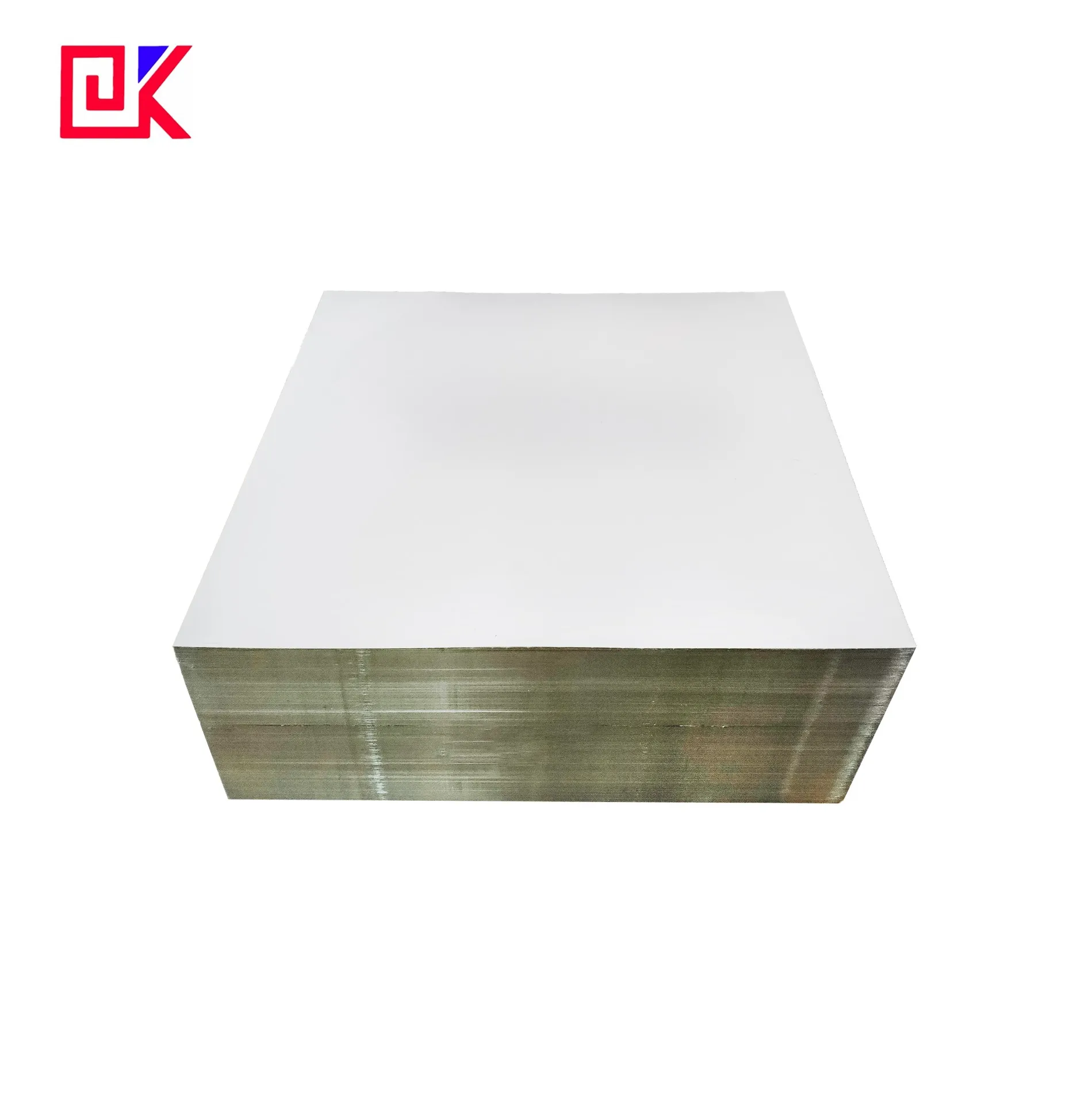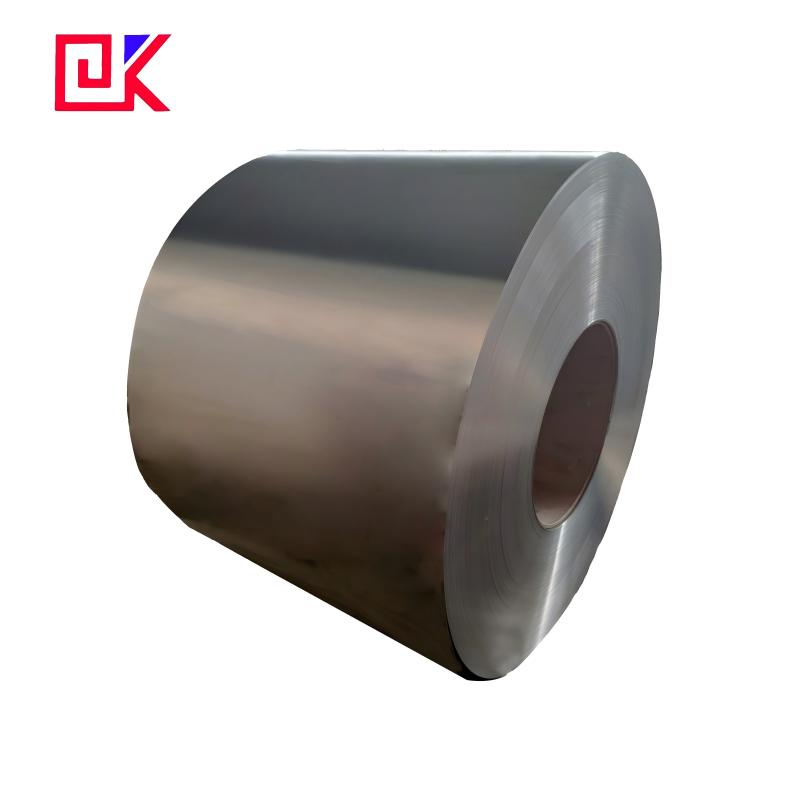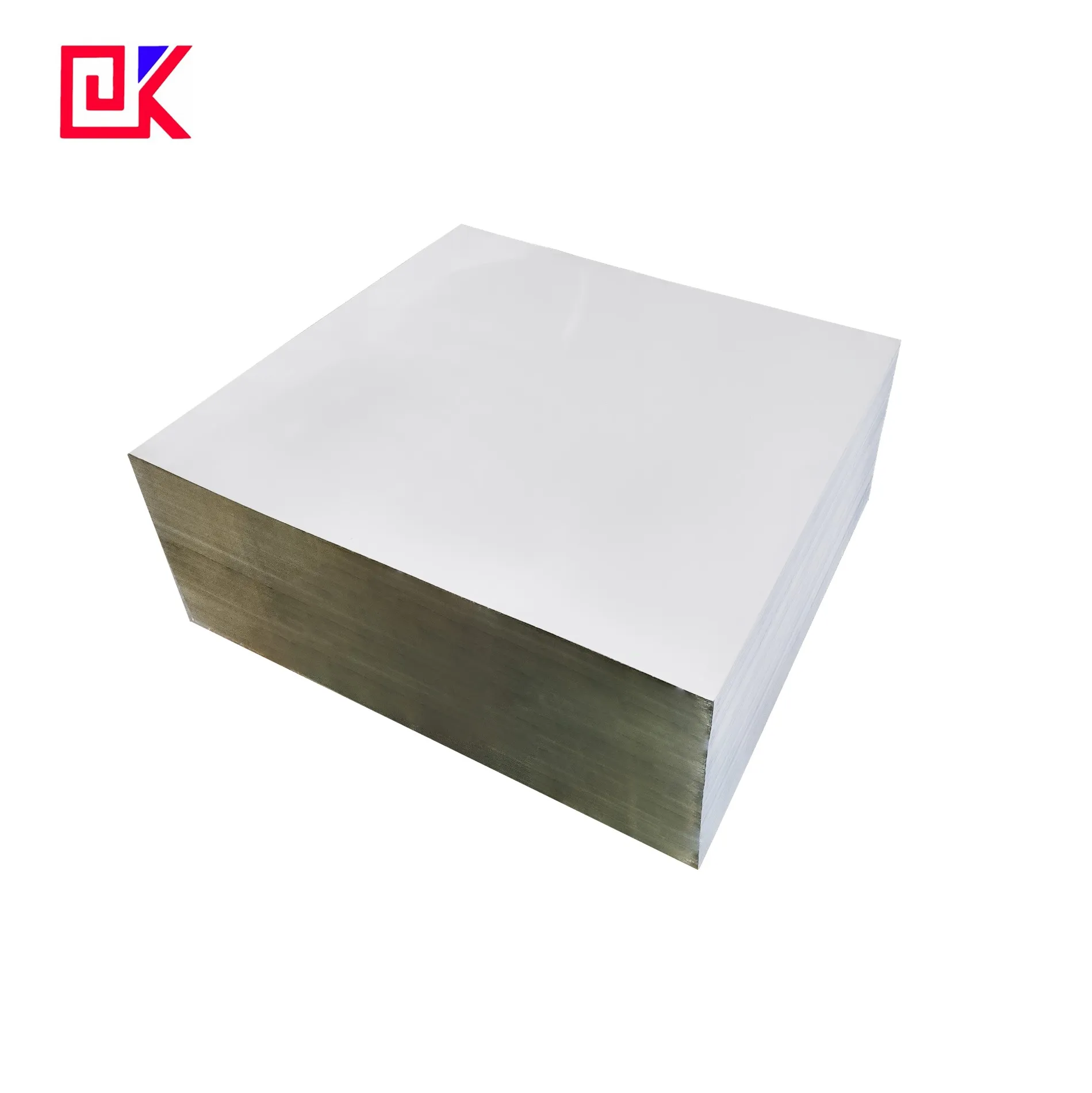As a commonly used packaging material, the key feature of tinplate cans is that the surface of the metal can is covered with a layer of protective tin. This layer of tin can not only prevents the iron from rusting, but also protects the can body from corrosion by the external environment. When manufacturing tinplate cans, the electroplating process is particularly critical. During the electroplating process, voltage and time are two important factors that affect the quality of the coating.
So, how high a voltage is required for the tinplate can tinplating process, and how long does the tinplating take? This article will take you to explore these two key issues in depth.

Why is a specific voltage required for tinplate cans when tinplating?
1. What role does voltage play in the tinplating process?
In the process of tinplate cans tinplating, the role of voltage is to promote the migration of tin ions in the electrolyte to the iron substrate, thereby forming a uniform tin coating on the iron substrate. The higher the voltage, the higher the current density, which can accelerate the deposition rate of tin ions. However, the higher the voltage, the better. Too high a voltage may cause an uneven surface of the tin coating, or even the problem of coarse tin particles, affecting the quality of the coating. Therefore, reasonable control of voltage is an important factor in ensuring the quality of electroplating.
Normally, the voltage of tinplate can electroplating is controlled in a lower range, generally between 1 and 3 volts, to ensure that the coating is uniform and delicate. The selection of this voltage range is the result of a large number of experiments, which can not only make the tin coating adhere evenly to the iron substrate, but also not consume excessive electricity, meeting the requirements of production efficiency and quality.
2. Why is too high voltage not conducive to electroplating?
Although too high voltage can speed up the tin plating, it is also easy to bring a series of adverse consequences. First of all, too high voltage will make the current density too large, causing tin ions to be excessively deposited on the iron substrate in the electrolyte, forming a rough surface. In addition, high voltage will also cause the electrolyte temperature to rise, thereby affecting the adhesion of tin, and even the phenomenon of local over-thickness of the coating.
At the same time, high voltage will reduce the durability of the tin coating, causing the tin layer to fall off or be corroded more easily in subsequent use. Therefore, controlling within the appropriate voltage range to ensure the flatness and adhesion of the coating is a very important step in the tinplate can tin plating process.
What is the best time for tinplate cans to be tinned?
1. Does the length of tinning time affect the thickness of the coating?
The length of tinning time directly determines the thickness of the tin coating. During the electroplating process, as time increases, tin ions will gradually accumulate on the surface of the iron substrate to form a thicker coating. However, the longer the tinning time for tinplate cans, the better. Usually, the time for electroplating tin is controlled between a few seconds and tens of seconds, depending on the thickness and uniformity required for the coating.
In order to ensure the quality of tinplate cans, the tinning time is generally between 10 and 30 seconds. Short-term electroplating can obtain a uniform coating, while long-term electroplating may cause the coating to be too thick and affect the adhesion of the tin layer. For the production of tinplate cans, finding a balance between electroplating time and coating thickness is an important step to ensure product quality.
2. What are the adverse effects of long-term tinning?
Although increasing the tinning time can obtain a thicker coating, it also brings some potential problems. First, long-term electroplating will cause the concentration of tin ions in the electrolyte to decrease, which will lead to uneven coating thickness. In addition, too long electroplating time will also increase production costs and reduce production efficiency.
In actual production, if the tin plating time is too long, the tin coating may be more likely to peel off due to reduced adhesion. In addition, long-term electroplating will also cause oxidation reaction on the surface of the iron substrate, affecting the protective effect of the tin layer. Therefore, in the production process of tinplate cans, appropriate tin plating time is crucial to ensure product quality and production efficiency.

How to coordinate voltage and time during electroplating?
1. How does the relationship between voltage and time affect the uniformity of the coating?
Voltage and time are two key parameters in the tin plating process of tinplate cans, and the relationship between the two will directly affect the uniformity of the coating. When the voltage is low, the tin plating time can be appropriately extended to ensure that the tin coating is evenly attached to the iron substrate; when the voltage is high, the tin plating time should be shortened to avoid the situation where the tin layer is too thick or the surface is rough.
Usually, under the requirement of controlling the tin plating thickness, the factory will choose a suitable combination of voltage and time. For example, for thinner coatings, the voltage can be selected at around 1 volt, and the tinning time can be controlled under 10 seconds. For cans that require thicker coatings, a slightly higher voltage can be selected, and the tinning time can be extended to 20 seconds to achieve the desired effect.
2. How to obtain the best coating by adjusting the voltage and time?
To obtain the best tin coating, the voltage and time can be adjusted experimentally during the production process to find the best combination. In actual operation, the factory will determine the electroplating parameters based on factors such as the specifications of the tinplate cans, the coating thickness requirements, and the corrosion resistance requirements of the tin coating. At the same time, by monitoring the uniformity and glossiness of the coating, the control of voltage and time is further optimized to ensure that the tinning effect meets the standards.
The adjustment of voltage and time must be completed within the control range to avoid quality problems caused by over-adjustment. In order to stabilize production quality, some factories also use automated electroplating equipment to automatically adjust the voltage and time according to the requirements of different cans to ensure that the tinning process is more accurate and efficient.
What are other important factors in the tinning process?
1. Will the composition of the electrolyte affect the tinning effect?
The electrolyte is an important medium in the tinning process, and its composition has a significant impact on the quality of the coating. Usually, the electrolyte is composed of sulfuric acid, sodium chloride, tin salt and other components to ensure that the tin ions can be smoothly transferred to the iron substrate under the action of the electric field.
The concentration of the electrolyte directly affects the uniformity and smoothness of the coating. If the concentration of tin ions in the electrolyte is too low, the tinning effect will be poor, and the coating may appear rough and uneven. If the concentration of tin ions is too high, the electroplating speed will be too fast, and the surface of the coating will be prone to unevenness. Therefore, ensuring that the composition of the electrolyte is reasonable and maintaining an appropriate concentration is a key in the electroplating process.
2. What effect does temperature have on the tinning process?
During the tinning process, the temperature of the electrolyte will also affect the electroplating effect. Generally, the temperature of the electrolyte is controlled between 20 and 30 degrees Celsius, which is conducive to the stable migration of tin ions. If the temperature is too high, the electroplating process may cause the electrolyte to volatilize too quickly, affecting the electroplating efficiency. If the temperature is too low, the migration speed of tin ions will be slowed down, making the coating uneven.
Therefore, during the tin plating process, it is necessary to keep the temperature of the electrolyte stable and equip it with corresponding temperature control devices to ensure the smooth progress of the tin plating process.

How is the safety and environmental protection of the electroplating tin process?
1. Are there any safety hazards in the electroplating tin process?
The electroplating tin process involves electrolytes, chemical reactions and power equipment operations, so it has certain safety hazards. During the electroplating process, it is necessary to avoid direct contact with the electrolyte to prevent chemicals from causing damage to the skin. In addition, although the voltage of the electroplating equipment is low, due to the involvement of the hydropower environment, insulation and protective measures are required to prevent electric shock accidents.
The factory should strictly follow the safety regulations during the electroplating tin production process to ensure that the electroplating equipment and electrolyte management are in place. At the same time, employees need to wear protective equipment during operation to ensure personal safety.
2. What are the environmental protection measures for electroplating tin?
The waste liquid and waste gas generated during the electroplating tin process need to be properly handled to reduce pollution to the environment. If the tin ions and acidic substances in the electrolyte are discharged directly, they may pollute water sources and soil. Therefore, the factory needs to configure wastewater treatment equipment during the production process to treat the electroplating waste liquid harmlessly.
In order to reduce the impact on the environment, many factories have gradually introduced environmentally friendly electroplating technology to achieve greener and more environmentally friendly production by optimizing the electroplating process and reducing the use of chemicals.
Bulk Orders of Metal Packaging at Low Prices
Foshan Dekai Metal Packaging Co., Ltd. is your trusted supplier for bulk metal packaging orders at affordable prices. We specialize in manufacturing aerosol cans, tinplates, and custom-printed metal products, ensuring each item is made to the highest quality standards.
Our factory is equipped with advanced machinery and automated production lines, making us an ideal partner for businesses in need of reliable and cost-effective packaging solutions.

